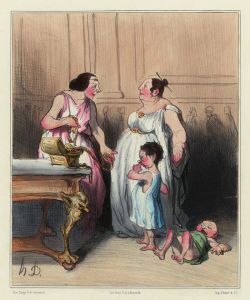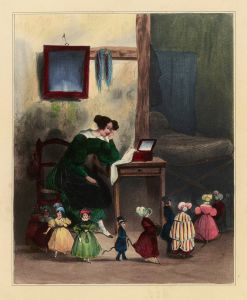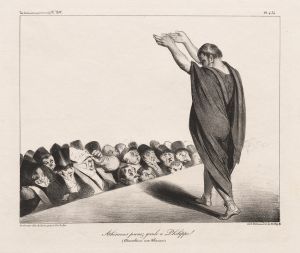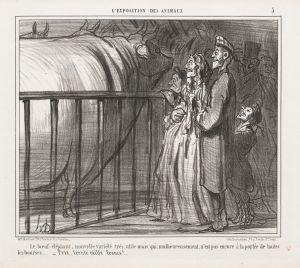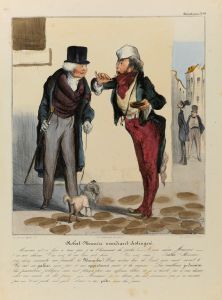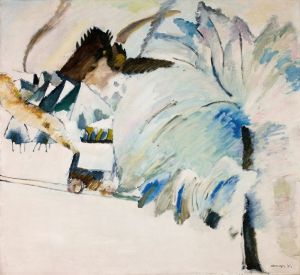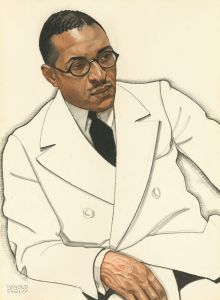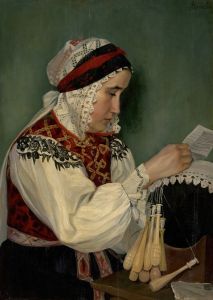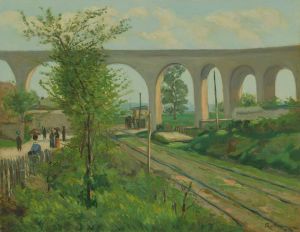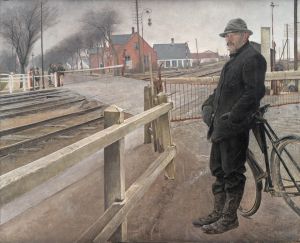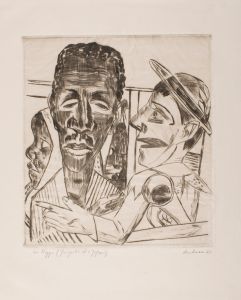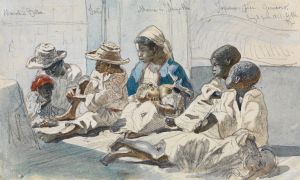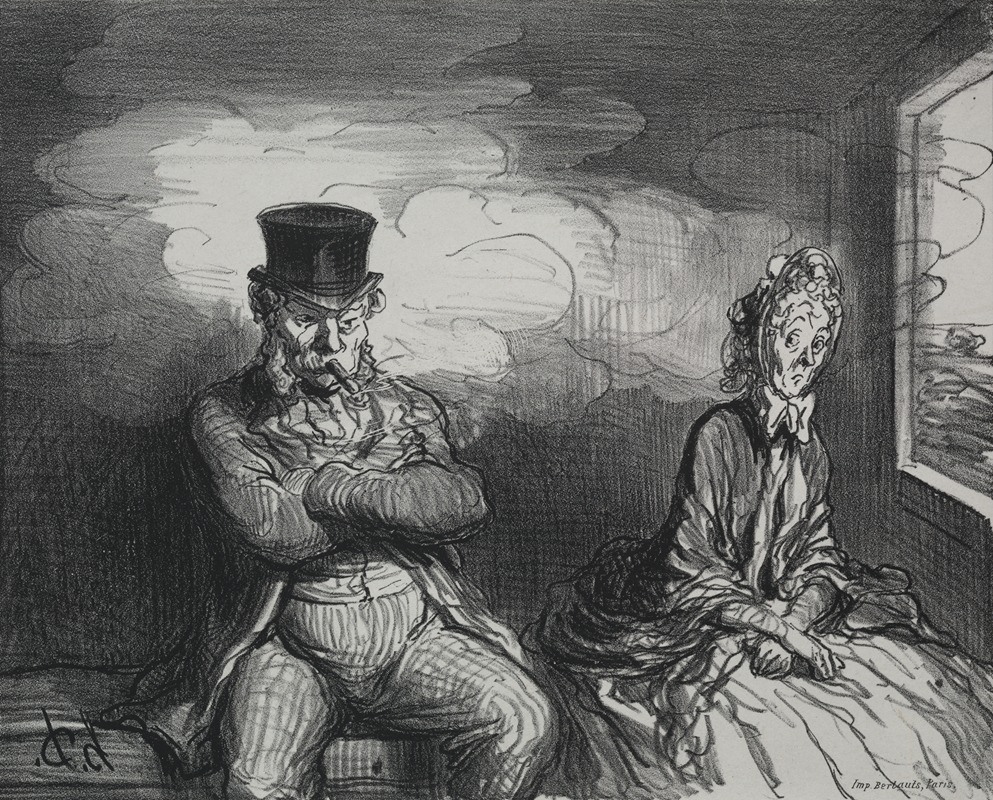
On the Train; A Pleasant Companion
A hand-painted replica of Honoré Daumier’s masterpiece On the Train; A Pleasant Companion, meticulously crafted by professional artists to capture the true essence of the original. Each piece is created with museum-quality canvas and rare mineral pigments, carefully painted by experienced artists with delicate brushstrokes and rich, layered colors to perfectly recreate the texture of the original artwork. Unlike machine-printed reproductions, this hand-painted version brings the painting to life, infused with the artist’s emotions and skill in every stroke. Whether for personal collection or home decoration, it instantly elevates the artistic atmosphere of any space.
Honoré Daumier, a prominent French artist known for his caricatures, paintings, and sculptures, created the artwork "On the Train; A Pleasant Companion" during the 19th century. Daumier's work often reflected the social and political climate of his time, and he is particularly noted for his keen observations of the human condition and his ability to capture the essence of everyday life.
"On the Train; A Pleasant Companion" is one of Daumier's many works that depict scenes from daily life, focusing on the experiences of ordinary people. Although specific details about this particular piece are limited, Daumier's broader body of work often explored themes related to the burgeoning industrial society, the rise of the middle class, and the changing dynamics of urban life in France.
Daumier was deeply interested in the impact of modernity on society, and his works frequently highlighted the interactions between individuals in public and private spaces. Trains, a relatively new mode of transportation during Daumier's lifetime, symbolized the rapid technological advancements and the increasing mobility of people. They also served as microcosms of society, where individuals from different social backgrounds could be observed in close quarters.
In his train-themed works, Daumier often portrayed passengers engaged in various activities, such as reading, sleeping, or interacting with one another. These scenes provided a platform for Daumier to explore human emotions and social interactions, often with a touch of humor or irony. His keen eye for detail and his ability to capture the subtleties of human expression made his train scenes particularly compelling.
Daumier's artistic style is characterized by its fluid lines and expressive forms, which convey a sense of movement and vitality. His use of light and shadow adds depth to his compositions, enhancing the mood and atmosphere of the scenes he depicts. While Daumier is best known for his lithographs and caricatures, he also produced a number of paintings and drawings, each showcasing his versatility and skill as an artist.
Throughout his career, Daumier remained committed to depicting the realities of contemporary life, often with a critical eye. His works continue to be celebrated for their insight into the social and political issues of his time, as well as for their enduring relevance to modern audiences. "On the Train; A Pleasant Companion," like many of Daumier's works, offers a glimpse into the everyday experiences of people living in a rapidly changing world, capturing the nuances of human interaction with both humor and empathy.
While specific information about "On the Train; A Pleasant Companion" is scarce, it can be appreciated within the broader context of Daumier's oeuvre, which consistently reflects his interest in the human experience and his ability to portray it with both wit and sensitivity.





